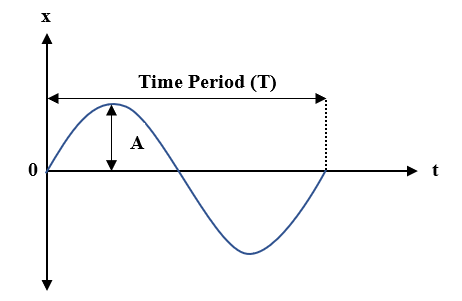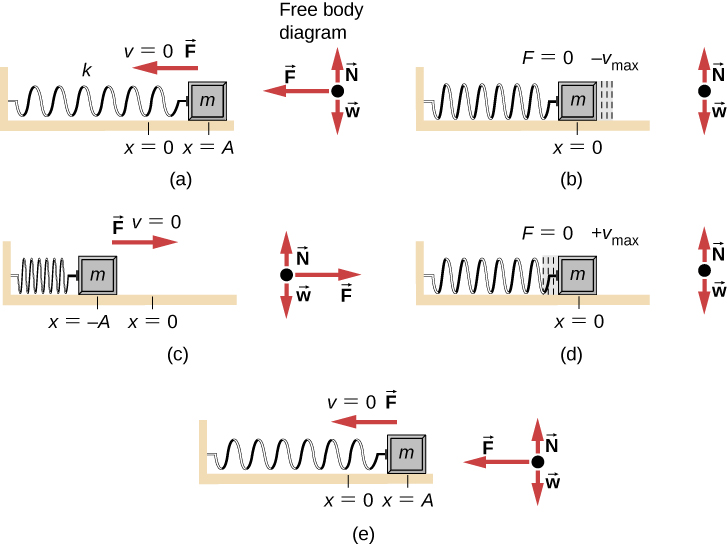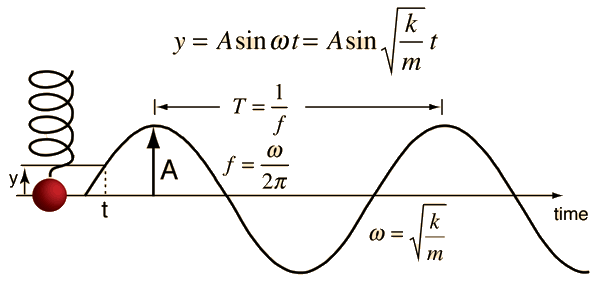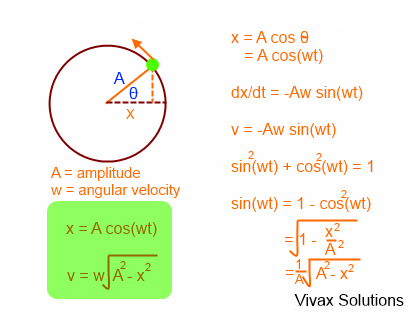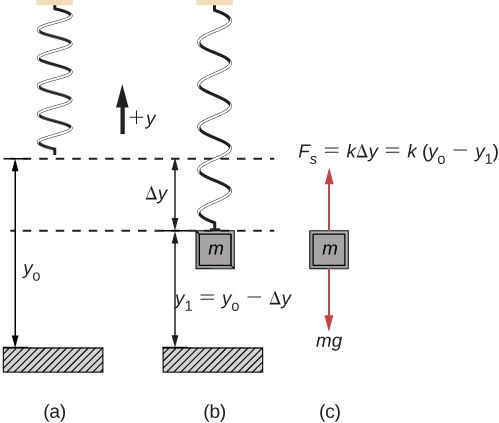
The amplitude of a system moving in simple harmonic motion is doubled. Determine the change in (a) the total energy, (b) the maximum speed, (c) the maximum acceleration, and (d) the period.
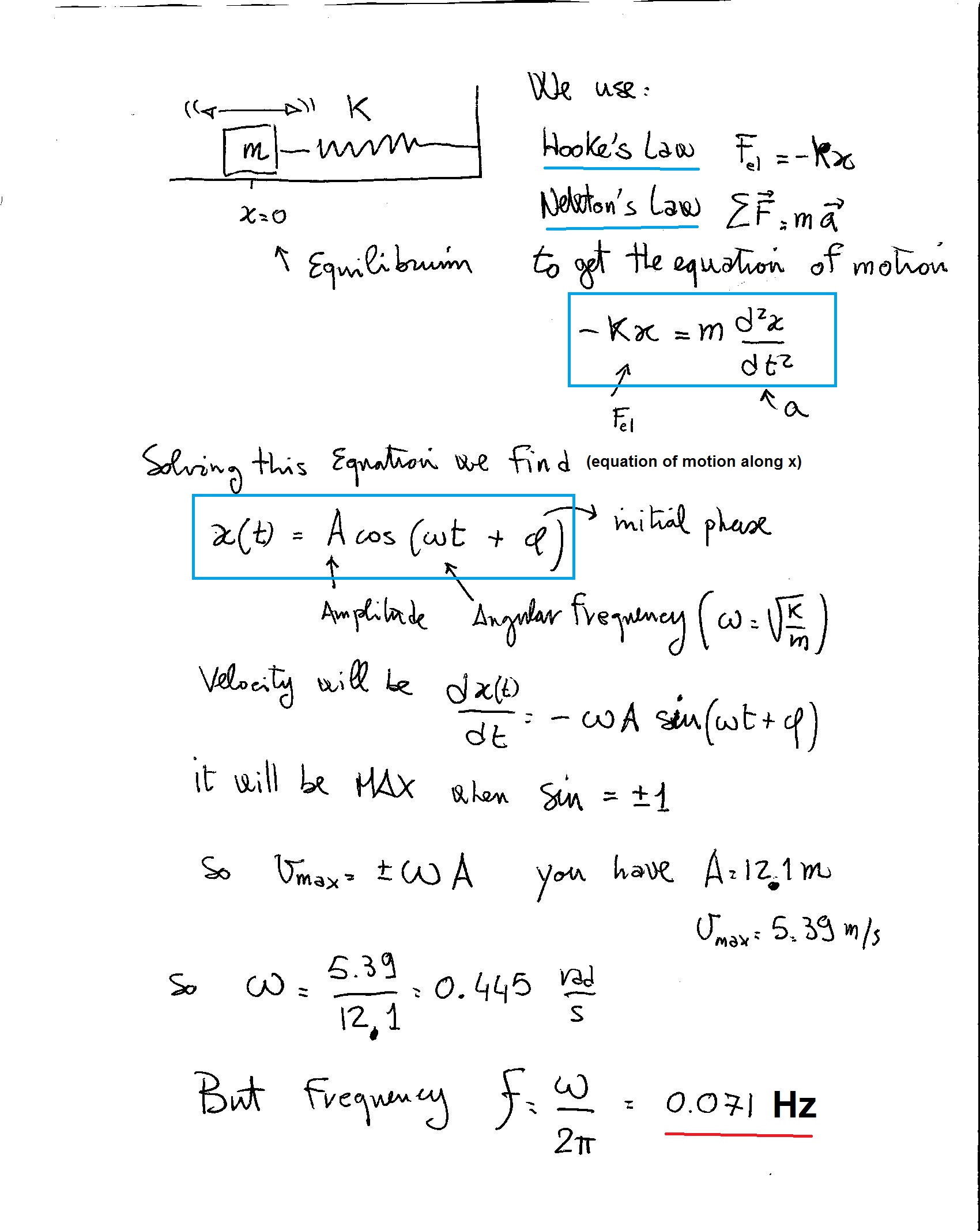
The amplitude of a 3.00-kg object in simple harmonic motion is 12.1 m. The maximum speed of the object is 5.39 m/s. What is the frequency of simple harmonic motion? | Socratic

A simple harmonic motion has an amplitude A and time period T. Find the time required by it to travel directly from x = 0 to x = A/2

A body describes simple harmonic motion with an amplitude of 5 cm and a period of 0.2 s. Find acceleration and velocity of the body when the displacement is (a) 5 cm (



